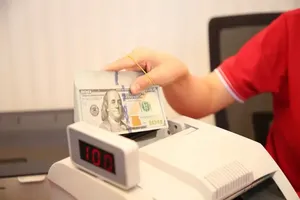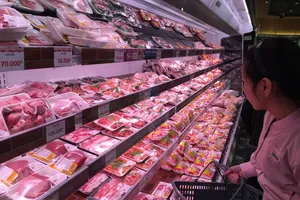Particularly, Adidas has cut 50 percent of footwear made in neighboring countries and shifted orders to Vietnam because of cheaper labor costs. Similarly, Adidas’s rival, Nike current has up to 50 percent of its products made in Vietnam.
According to Lefaso, as footwear products receive high tax reduction rate right after the Comprehensive and Progressive Agreement for Trans-Pacific Partnership (CPTPP) became effective, this has attracted several foreign investors in the footwear industry to come to Vietnam.
Therefore, footwear export turnover to CPTPP’s member countries will continue to increase in the next years. However, in order to make use of the CPTPP, Lefaso and enterprises need to resolve obstacles, including brand name, material and technology.
In the past, the industry’s value added was low due to its dependence on imported materials and auxiliary materials. Moreover, leather product suppliers in Vietnam lacked of knowledge and investment in technology. Therefore, if Vietnamese enterprises invest more in technology, they will have more opportunities to increase value of export products, instead of purely processing as currently.
It is forecast that, footwear production will rise by above 10 percent compared to last year to reach around US$21.5 billion. Of which, footwear exports account for about 9 percent with localization ratio reaching 60 percent. Footwear exports rank fourth among top ten key export products of Vietnam.
According to Lefaso, as footwear products receive high tax reduction rate right after the Comprehensive and Progressive Agreement for Trans-Pacific Partnership (CPTPP) became effective, this has attracted several foreign investors in the footwear industry to come to Vietnam.
Therefore, footwear export turnover to CPTPP’s member countries will continue to increase in the next years. However, in order to make use of the CPTPP, Lefaso and enterprises need to resolve obstacles, including brand name, material and technology.
In the past, the industry’s value added was low due to its dependence on imported materials and auxiliary materials. Moreover, leather product suppliers in Vietnam lacked of knowledge and investment in technology. Therefore, if Vietnamese enterprises invest more in technology, they will have more opportunities to increase value of export products, instead of purely processing as currently.
It is forecast that, footwear production will rise by above 10 percent compared to last year to reach around US$21.5 billion. Of which, footwear exports account for about 9 percent with localization ratio reaching 60 percent. Footwear exports rank fourth among top ten key export products of Vietnam.
























